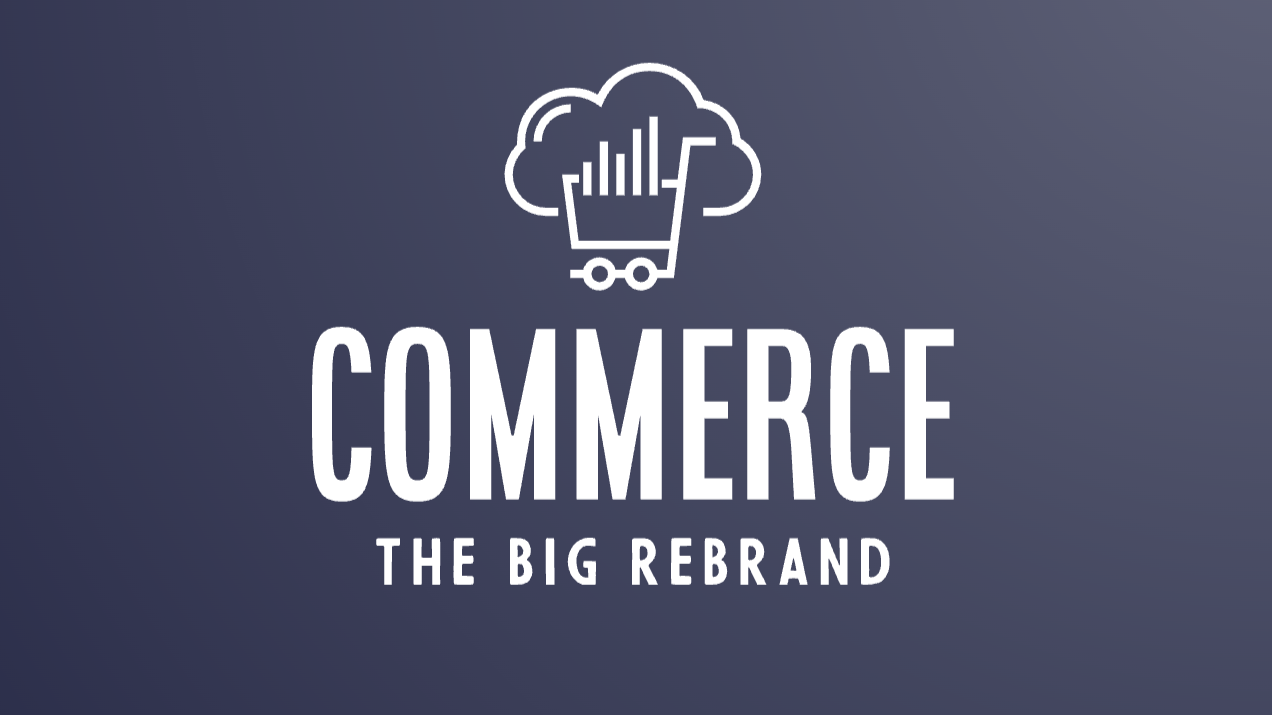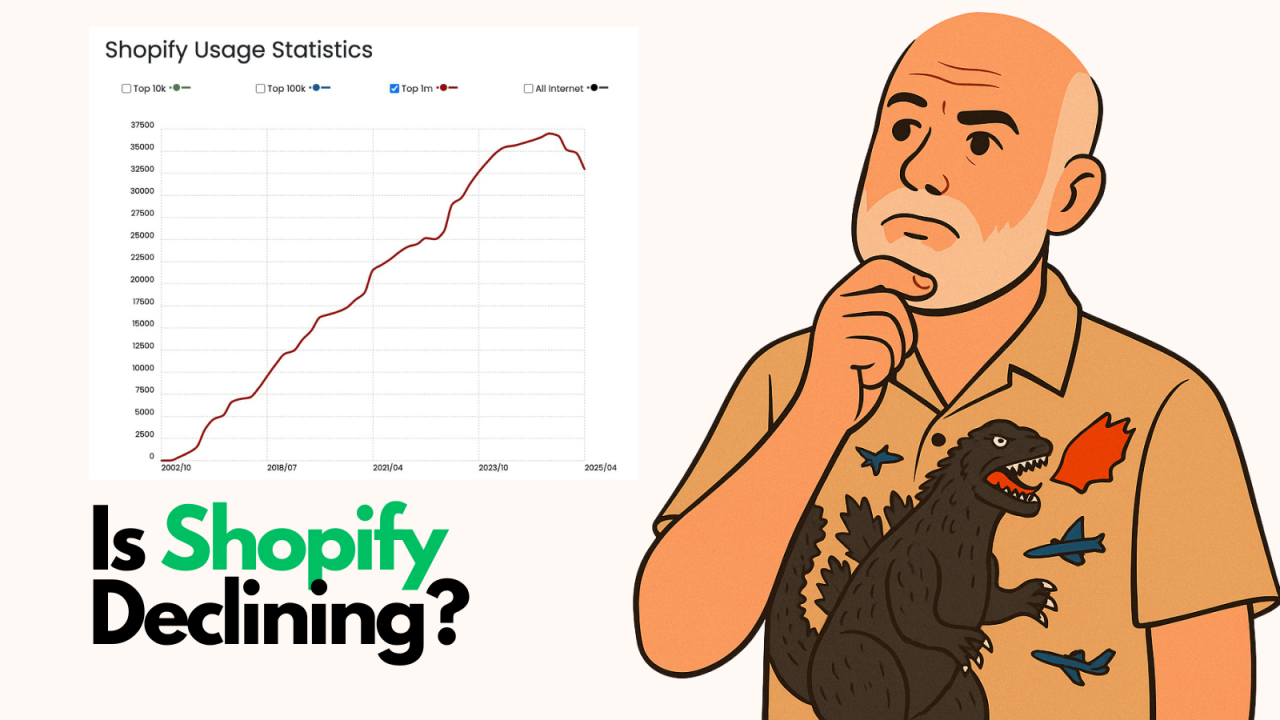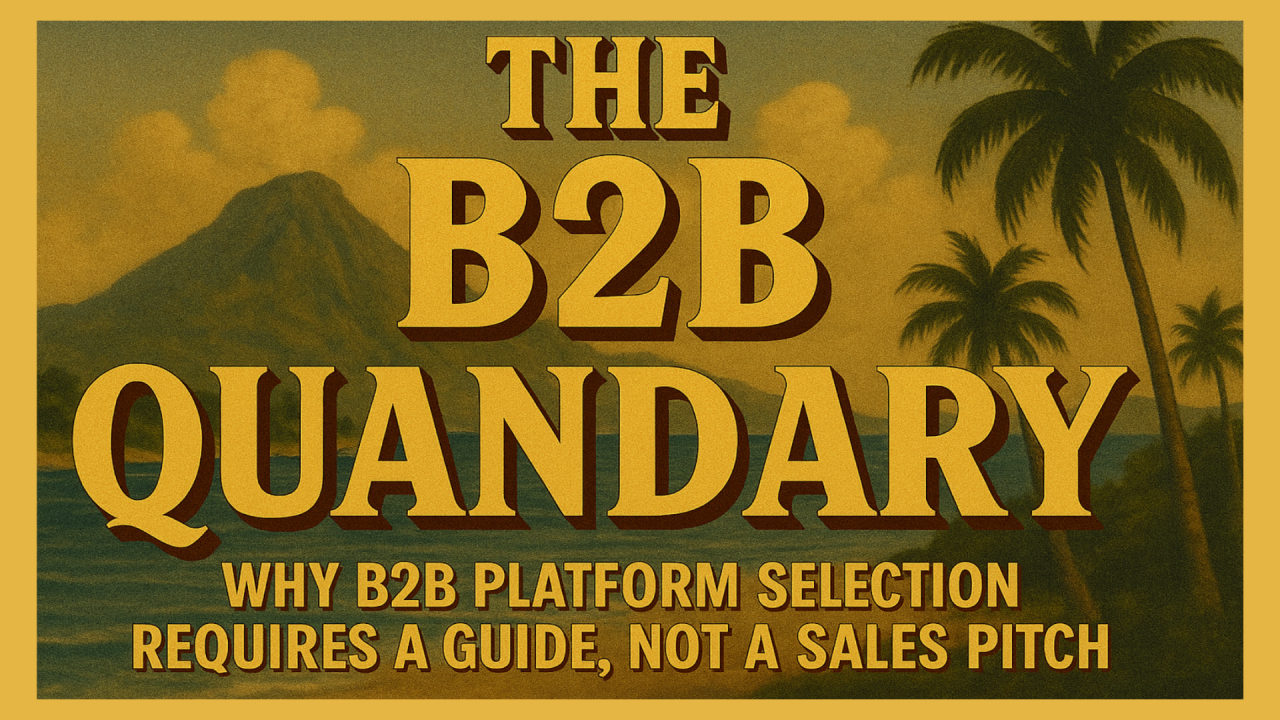
As a website owner or digital marketer, your primary goal is to drive traffic to your website. While search engine optimization (SEO) is an effective way to achieve this, it's only the first step. The other half of the equation is persuading potential visitors to click on your link. This is where copywriting comes into play.
Copywriting is the art of using words to influence and persuade people to take a specific action. To understand the power of persuasion, it's essential to delve into the psychology behind it. Persuasion is a complex process that involves several cognitive and emotional factors. At its core, persuasion is about influencing people's beliefs, attitudes, and behaviors.
One of the most critical factors in persuasion is trust. People are more likely to be persuaded by someone they trust. Trust can be built by establishing credibility, providing evidence, and demonstrating expertise. Another critical factor is emotional appeal. People are more likely to be persuaded by messages that appeal to their emotions. Emotions such as fear, happiness, anger, and sadness can all be used to influence people's behavior.
Finally, persuasion is about creating a sense of urgency. People are more likely to take action if they feel that there is a deadline or an opportunity that they might miss out on. By creating a sense of urgency, you can motivate people to take action.
Now that we've discussed the psychology behind persuasion, let's look at some key copywriting techniques that you can use to boost click-through rates.
The headline is the first thing that people see when they search for your website on Google. You need to make sure that your headline is attention-grabbing and compelling. One effective technique is to use numbers and statistics in your headlines. For example, "10 Ways to Boost Your Website Traffic" or "5 Secrets to a Successful SEO Strategy." This technique works because numbers and statistics make your headline more specific and tangible.
Another effective technique is to use curiosity in your headlines. Curiosity is a powerful motivator that can compel people to click on your link. For example, "The Surprising Truth About Boosting Your Website Traffic" or "The One SEO Technique You Can't Afford to Ignore." These headlines create a sense of mystery and intrigue that makes people want to click on your link to learn more.
Power words are words that have a strong emotional impact on people. These words can be used to create a sense of urgency, excitement, or fear. Some examples of power words include "proven," "exclusive," "urgent," "limited time," and "secret." By using power words in your headlines and meta descriptions, you can create a sense of urgency and compel people to take action.
Emotional triggers are specific emotions that you can use to influence people's behavior. For example, fear, greed, and curiosity are all powerful emotional triggers. By tapping into these emotions, you can create a more emotional connection with your audience and persuade them to take action. For example, "Don't Miss Out on Our Limited Time Offer" or "Discover the Secret to Success."
People are always looking for ways to improve their lives. When they search for something on Google, they are looking for a solution to a problem. By highlighting the benefits of your product or service, you can show people how you can help them solve their problem. For example, "Boost Your Website Traffic and Increase Your Revenue" or "Get More Leads and Close More Sales." By focusing on the benefits of your product or service, you can persuade people to click on your link and learn more.
Social proof is a powerful persuasion technique that involves demonstrating that other people have already taken the desired action. For example, "Join the Thousands of Satisfied Customers Who Have Boosted Their Website Traffic with Our Services" or "As Featured on Forbes, Entrepreneur, and Inc." By showcasing social proof, you can create a sense of credibility and trust, which can persuade people to take action.
Creating a sense of urgency is another powerful persuasion technique. By creating a deadline or a sense of scarcity, you can motivate people to take action. For example, "Limited Time Offer - Hurry Before It's Too Late" or "Only a Few Spots Left - Sign Up Now." By creating a sense of urgency, you can persuade people to click on your link and take action before it's too late.
Finally, it's essential to A/B test your copy to improve your results. A/B testing involves creating two versions of your copy and testing them to see which one performs better. By testing different headlines, meta descriptions, and copy, you can identify the most effective techniques for persuading your audience.
In addition to your headlines, your meta descriptions also play a crucial role in persuading people to click on your link. Your meta description is a short description that appears below your headline on Google search results. Here are some tips for optimizing your meta descriptions:
In conclusion, persuasive copywriting is essential for boosting click-through rates from Google results. By understanding the psychology behind persuasion and using key copywriting techniques, you can create attention-grabbing headlines and meta descriptions that persuade people to click on your link. Remember to focus on the benefits of your product or service, showcase social proof and credibility, and create a sense of urgency. Finally, don't forget to A/B test your copy to identify the most effective techniques for persuading your audience. With these tips, you can make your website stand out from the crowd and attract more visitors.
Don't let your competition get ahead - let Content Basis help you unlock the power of persuasive copywriting and boost your click-through rates today!
FAQs:
Q: What are the key copywriting techniques for boosting click-through rates?
A: The key copywriting techniques for boosting click-through rates include crafting compelling headlines, using power words and emotional triggers, highlighting the benefits of your product/service, showcasing social proof and credibility, and creating a sense of urgency.
Q: How can I optimize my meta descriptions for better click-through rates?
A: To optimize your meta descriptions, keep them short and sweet (under 155 characters), use your target keyword, highlight the benefits of your product/service, use emotional triggers and power words, and include a call-to-action to encourage people to click on your link.
Q: Why is A/B testing important for improving copywriting results?
A: A/B testing is important for improving copywriting results because it allows you to identify the most effective techniques for persuading your audience. By testing different headlines, meta descriptions, and copy, you can see which versions perform better and make data-driven decisions to improve your click-through rates.

Following up on my earlier post about BigCommerce's rebrand announcement, I got my hands on theCleveland...

By Brent W Peterson AI vs Shopify: Is Platform Dominance Ending in 2025?

The B2B OG Reality Check In 1995, I built my first B2B website for my then computer assembly company. It...